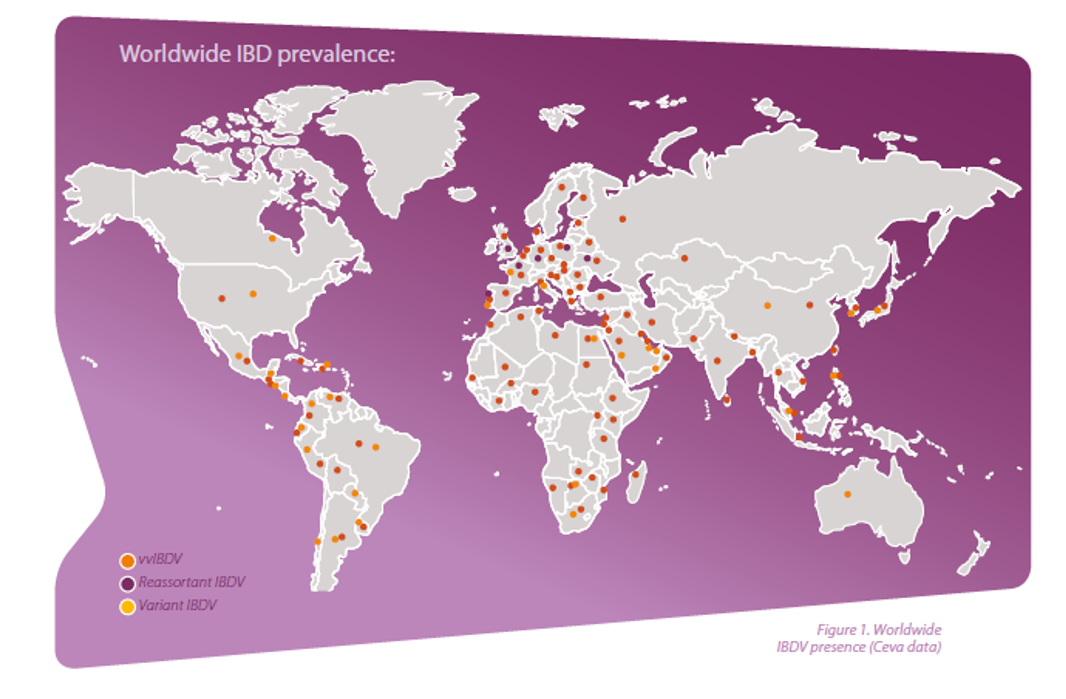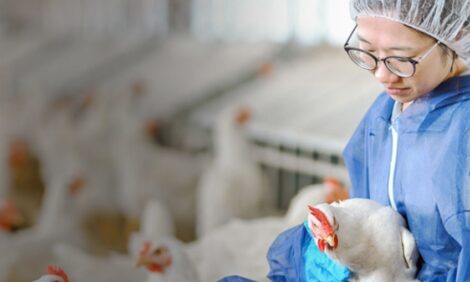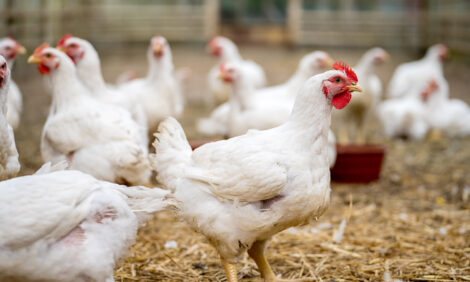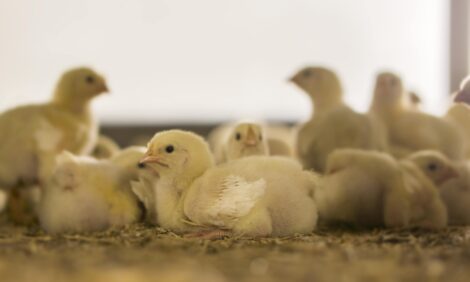



Gumboro Disease: the challenge, and the control
Ceva's 6 article series dives into Gumboro disease and it's continuing challenge to the poultry industryIn the series of 6 articles, we will discuss how Gumboro Disease continue to challenge the poultry industry around the world, and impacting poultry production.
It will also discussed how to control, and here some key approaches that should be considered:
- Vaccination of the breeders, to transfer Maternal Antibodies to the chicks
- Vaccination of the broilers
- Biosecurity
- Diagnostic and surveillance
- Environment management
Let´s start with the disease:
Nowadays, the flocks are challenged in the field by very virulent and variant strains of IBD in several countries, leading to clinical or sub-clinical form of the disease.
The impact of the Gumboro in the performance of the poultry flock is still high, and the cost of IBD has been very well documented in different publications in the last decade.
Gumboro disease can impact the performance of poultry production on the farm, affecting the weight gain, feed conversion and mortality. But can impact as well the results on the processing, as the carcass yield, and weight of meat pieces.
Nowadays in different regions the losses can be perceived in different levels of impact, as clinical or sub-clinical. In many regions, as the disease is not present in clinical from, the producer can have the perception that is not affecting, as a deeper investigation should be done to better understand the status of the control.
It has a direct impact on mortality, from 5% to 30%, depending on the degree of protection of the birds and the form of the disease (Rosenberger et al., 1986; Van den Berg, 1991). In subclinical cases, the flock income will be reduced, as a 10% reduction in profit due to weight loss and increased FCR (McIlroy, 1992).
See some of the impacts of clinical and sub-clinical Gumboro Disease:
- Decrease in flock performance;
- Increase of mortality rate;
- Losses in feed conversion;
- Decrease of weight gain;
- Negative effects on the flock uniformity.
Considering the effects observed due the Gumboro Disease, it is possible to calculate some financial impacts, or in other words, the cost of infection. Below you will find the economic analysis of the cost of infection in some situations (considering a production operation of 100.000 broilers per day, with flocks of 30.000 broilers each):

When the virus presence is analyzed, Gumboro disease, as a resident disease, is already present inside the farm, in the litter, or before the day-old chicks are released onto the floor, so that the probability of challenge for most farms is very high. The characteristics of this challenge (age, severity, consequences, etc.) will vary from poultry house to poultry house, but the disease challenge will definitely occur.
The very virulent strains (vvIBDV) are still detected in several regions. But an emerging challenge is the new variants strains is present now too.

Of course, the control of the different challenge strains will demand efforts to be done, and it will be discussed in the next parts of this series.














